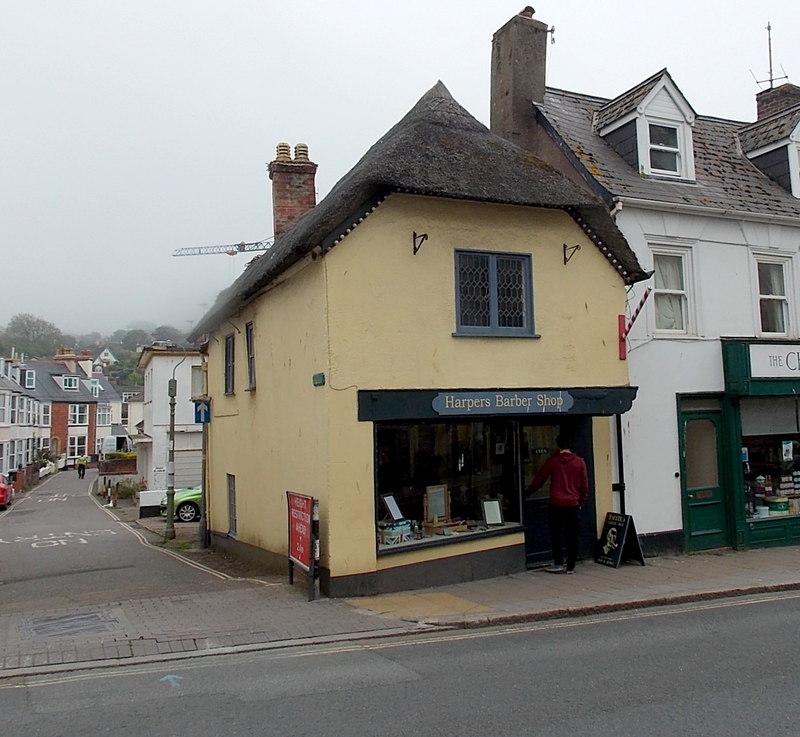Do we need to be creating our own local English Heritage-style archive of the Sidmouth high street, both ancient and modern?
.
Historic England have just finished putting together a selection of fabulous photos sent in by thousands of people celebrating the high street as Over 200 images taken by the public enter the Historic England Archive:
Since September 2022, people across England have been responding to an online national call out to submit their photographs of the high street on Instagram under the hashtag #PicturingHighStreets.
Now, these 204 winning photographs have entered the Historic England Archive – the nation’s archive for England’s historic buildings, archaeology and social history – alongside 173 new images taken as part of local projects with resident artists on high streets.
Picturing High Streets has been a partnership between Historic England and Photoworks, helping to build a contemporary picture of England’s high streets through mass public participation and community engagement. It has revealed how important the high street can be as a space for people to come together and connect.
And places across the country have recorded how their citizens see their hometown streets – from Yorkshire’s high streets to London high streets.
The Sid Valley has a similar wealth of photographic material.
A brilliant place to go for historic photos of Sidmouth’s/Sidford’s high streets is the Sidmouth Remembers Facebook page.
From a decade ago, there is a blog post on Sidmouth’s Glorious Shop Fronts with lots of fine photos of that moment in time. As the accompanying text says, Sidmouth is quite lucky to have so much of its high street still intact:
The other week I was reading a book about shops … and it mentioned that Sidmouth had kept many of its original shop fronts despite the rest of the country demolishing all the architectural heritage and plastering gaudy plastic all over the place.
In fact, Sidmouth is quite well protected, with its supplementary plans and development and design briefs for the town centre conservation area and in particular its shopfronts practice notes:
Shopfront practice notes were produced for the Sidmouth Conservation Area by us in November 1988, with the aims of improving the appearance of the town centre and raising the quality of shopfront development. The notes were adopted as supplementary planning guidance by us on 31 January 2002 and are used in the determination of planning applications.
Unfortunately, the ‘adoption’ of these notes some two decades after they’d been drawn up were not enough to save some gems from disappearing. For example, the stunning Art Deco window display and in particular the sunburst of the deco windows at Knight’s clothing shop was demolished back in 2010:
The deco windows at Knight’s clothing shop in Sidmouth, East Devon. UPDATE: 18 JUNE 2010 We went past this afternoon and found the place closed up, and surrounded by builders’ shuttering. We fear the worst. UPDATE: 17 SEPTEMBER 2010 Last entry wasn’t far wrong, I’m sorry to say. The new shop front is very bland and boring, with the only feature being that some of the deco panels have been used along the top.
This was of course Sidmouth’s Cinema Picture Palace – which is covered in The Fascinating Story of Sidmouth s Cinemas & Theatres by John Griffiths.
Other ‘shop fronts’ have survived and there are many to chose from – with many images at Chris Gunns :: Geograph Britain and Ireland for example. Here’s another from his colleague Jaggery cc-by-sa/2.0 :: Geograph Britain and Ireland:

Harpers Barber Shop, Sidmouth Located in a thatched cottage at 70 High Street on the corner of Holmdale. Possibly dating from the 17th century, the Grade II listed building is the only old cottage remaining in High Street Sidmouth.
There are so many such buildings on the high street in Sidmouth – a town with more listed buildings than anywhere else in Devon except for Exeter – and of course we should be protecting local heritage not nationally listed.
And as part of that process, do we need to be creating our own local English Heritage-style archive of the Sidmouth high street, both ancient and modern?
…